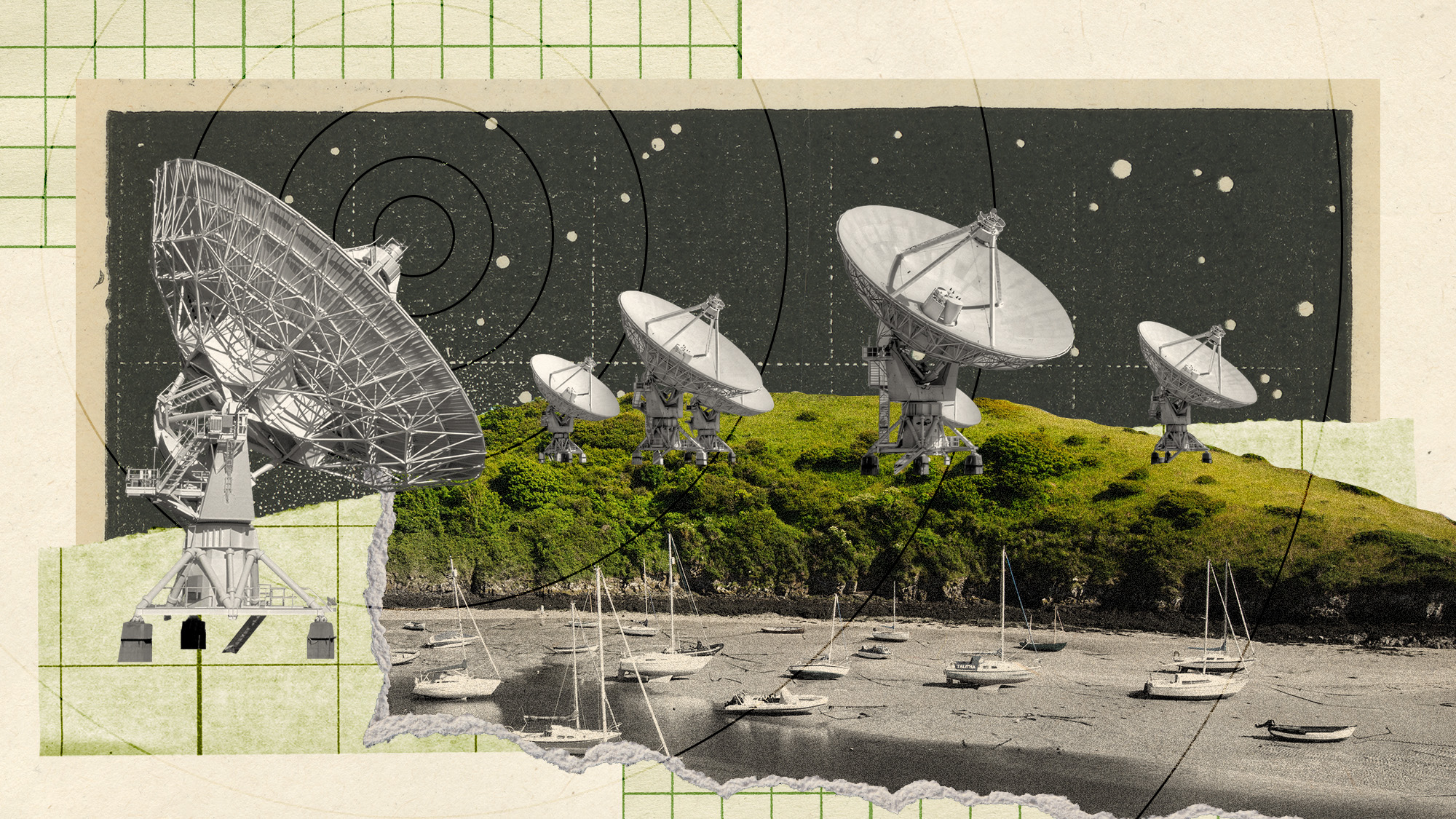‘New era of humankind’: Nasa crashes spacecraft into asteroid
US space agency’s deliberate head-on impact could ‘defend Earth from doomsday scenario’

Nasa has successfully collided a spacecraft head-on with an asteroid the size of a football pitch.
It was “an unprecedented test” of the US space agency’s “capacity to defend Earth from a doomsday scenario”, said The Guardian.
Travelling at 15,000 miles per hour, the multimillion-dollar spacecraft smashed into the Dimorphos asteroid 6.8 million miles from Earth on Monday evening.
The Week
Escape your echo chamber. Get the facts behind the news, plus analysis from multiple perspectives.

Sign up for The Week's Free Newsletters
From our morning news briefing to a weekly Good News Newsletter, get the best of The Week delivered directly to your inbox.
From our morning news briefing to a weekly Good News Newsletter, get the best of The Week delivered directly to your inbox.
The ten-month $325m mission, known as Dart (Double Asteroid Redirection Test), “was the first attempt to shift the position of an asteroid or any other natural object in space”, reported Voice of America.
Although it will still take weeks to determine how much the asteroid’s path has been altered, Nasa’s director of planetary science, Lori Glaze, hailed the impact as a “new era of humankind, an era in which we potentially have the capability to protect ourselves from something like a dangerous hazardous asteroid impact”.
The mission has been compared to the 1990s Hollywood film Armageddon, in which a crew of oil drillers are sent to an asteroid to dig a hole and drop a nuclear bomb into it that will smash the rock apart, so avoiding impact with Earth.
The Telegraph reported that “Nasa does not believe that would be a good strategy for saving Earth, because it could create many pieces that might hit the planet”. Instead the paper said the space agency hopes the Dart head-on impact will alter the trajectory of the asteroid by around 1%, “a celestial nudge which will show it is possible to alter a large object’s trajectory in this way”.
A free daily email with the biggest news stories of the day – and the best features from TheWeek.com
The BBC’s science correspondent Jonathan Amos said that small rocks similar in size to Dimorphos and Didymos, the asteroid around which Dimorphos orbits, could pose a risk to Earth.
“Although sky surveys have identified more than 95% of the monster asteroids that could initiate a global extinction were they to collide with Earth (they won't; their paths have been computed and they won't come near our planet), this still leaves many so-far undetected smaller objects that could create havoc, if only on the regional or city scale,” Amos said.
-
 ‘Care fractures after birth’
‘Care fractures after birth’instant opinion Opinion, comment and editorials of the day
-
 Shots fired in the US-EU war over digital censorship
Shots fired in the US-EU war over digital censorshipIN THE SPOTLIGHT The Trump administration risks opening a dangerous new front in the battle of real-world consequences for online action
-
 What will the US economy look like in 2026?
What will the US economy look like in 2026?Today’s Big Question Wall Street is bullish, but uncertain
-
 Welsh radar site to 'protect Britain from deep space warfare'
Welsh radar site to 'protect Britain from deep space warfare'Under The Radar Government says site will be 'vital' for defence but opponents say it puts Wales in danger
-
 Donald Trump launches US Space Force
Donald Trump launches US Space ForceSpeed Read US president achieves long-held goal as final frontier arms race ramps up